In the past, the cake was only made for special occasions like Tet (Lunar New Year) or wedding ceremonies but now bánh khảo is made year-round for daily use and gifts for the increasing number of travelers to the province, said Nong Thi Huong in Thong Hue Village of Trung Khanh District.
Huong said many households in the province make the cake but the best come from his Thong Hue Village, said to be the birthplace of bánh khảo making a hundred years ago.
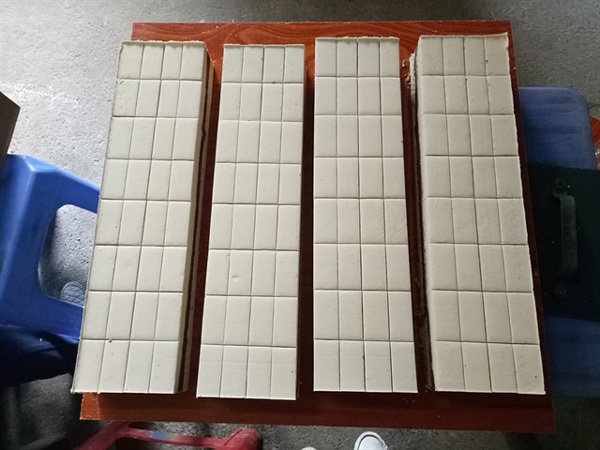 |
| Bánh khảo (khảo cake) made by makers in Thông Huề Village have been praised to be most tasty compared with others. — Photo baodientucaobang. com |
As a bánh khảo maker for some 50 years, Huong's mother Hoang Thi That said the process of making the cake is rather complex, from how to choose the right glutinous rice (locally known as hèo rice) to roast and grind it.
The rice is soaked with warm water for three hours and then dried before being roasted on a cast iron pan over a light fire until it becomes light yellow and crunchy, said That, noting that if cooked with a strong fire, the rice will burn.
“So each time you should roast two bowls of rice and regularly stir them.”
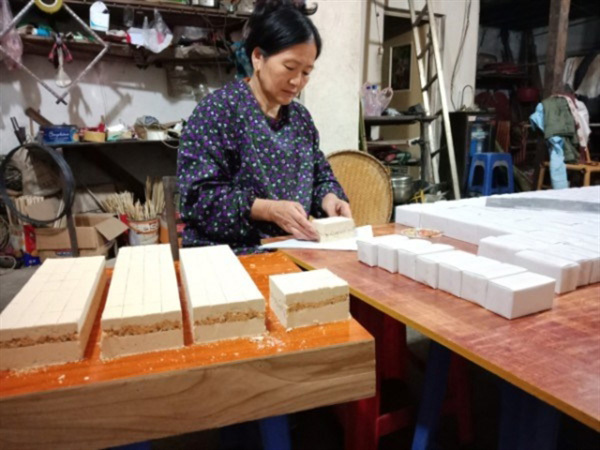 |
| A Thông Huề bánh khảo maker is wrapping the cake to be ready for sale. —Photocaobangecopark.com |
After letting the roasted rice cool, he grinds it to powder and then spreads it on a large piece of paper to sit on the ground for a night.
“This process aims to make the powder less crunchy then mixing it with sugar cane before pressing it in a frame,” he said.
Bánh khảo fillings include roasted peanuts, sesame (both white and black) and pork fat of black pig (locally known as lợn ỉ) raised by local people. This kind of pig, often 60kg each, gives fragrant pork compared to pig raised with chemical food, That said.
The roasted peanuts and sesame are ground into powder while the pork fat is cut into tiny cubes and mixed with sugar.
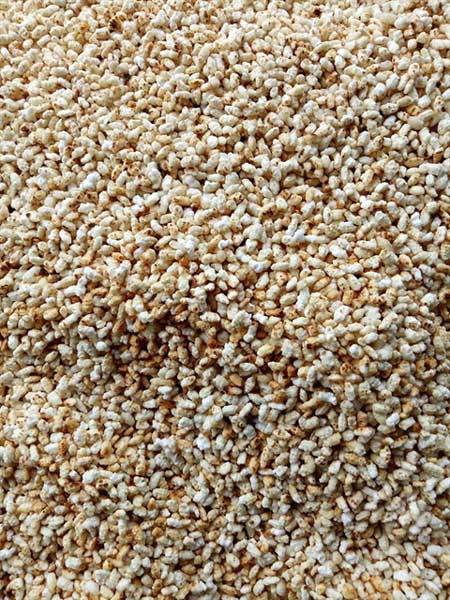 |
| Fragrant roasted special glutinous rice is ready to be ground to make bánh khảo. — Photo viso.vn |
I was lucky to watch Huong making the cake. She poured the glutinous rice powder into the frame and let the filling over it then again poured the rice powder on the filling and used a special tool to press the cake and cut it into four parts.
After removing the cake from its frame, Huong wrapped it in white or colourful tissue paper.
The bánh khảo is often wrapped into a rectangle shape and its size depends on each maker, he said, inviting me to try a piece.
The cake was fragrant from the glutinous rice, buttery due to roasted peanut and sesame, greasy with the pork fat and lightly sweet thanks to the sugar. I'll never forget these charming flavours.
The cakes cost VND100,000-140,000 for a big package which includes 10 smaller bánh khảo.
In the past, the cake had been considered a dry food of the Tay ethnic group who often ate it as fuel for a hard day's work.
“During that time I still remember the cake’s aromatic flavour when enjoying it with a cup of tea. At such times we enjoyed our happiness and our new rice crop,” That said.
“The Tay ethnic group has their own custom of enjoying Tet for the entire lunar month so for those households that still have bánh khảo in their home, it means Tet with happiness still exists,” she said.
Pham Quynh Nhu from Hanoi said there are different bánh khảo cakes produced by makers in the country’s three regions but what she likes most is the cake made by the likes of Huong and her mother.
“I often order the cakes from him to send to my relatives abroad who are interested in it so much. I wish local makers would try their best to preserve this specialty as the national spirit of Vietnam,” she said. — VNS
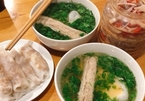
Cao Bang steamed rolled pancakes - A delight to one’s sense of smell and taste
Among the well-known offerings of Vietnam’s street food, ‘banh cuon’ (steamed rolled pancakes) is consistently ranked a top choice.
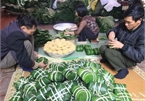
Traditional Tet food offerings to ancestors
During the Lunar New Year (Tet) festival, each ethnic group in Vietnam has its own culinary specialties that reflect the culture of their people and are used as offerings to worship their ancestors.
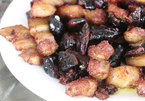
Pili nuts are really the nuts
Is it a nut? Or is it an olive? Truth is, it’s a nut, but trám is often described as the Vietnamese olive. And if you want the best, you better head north, because Cao Bang truly is nut heaven!
 Cao Bang has more than stunning landscapes and historical sites to offer, the northern province is also home to delicious bánh khảo, or sweet shortcake made of roast glutinous rice flour.
Cao Bang has more than stunning landscapes and historical sites to offer, the northern province is also home to delicious bánh khảo, or sweet shortcake made of roast glutinous rice flour.